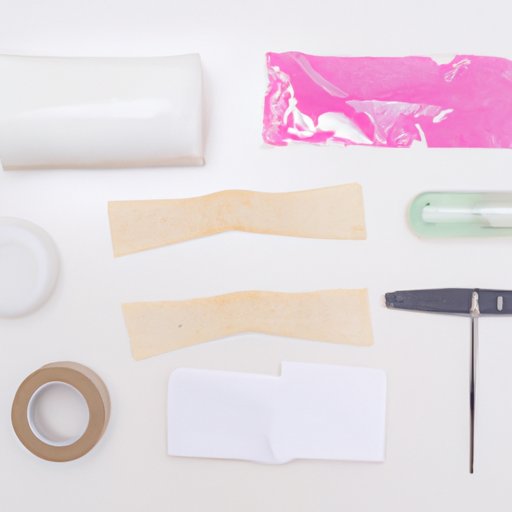
How to Get Out a Splinter: Various Ways to Remove a Stubborn Splinter
Getting a splinter is never fun, and it’s often hard to remove. Splinters can be painful, and leaving them in for too long can lead to infections. But don’t worry, removing a splinter is not as difficult as it may seem. In this article, we will introduce several proven methods to get out a splinter that is stuck in your skin.
Traditional Tweezers and Needles
One of the most common ways to remove a splinter is by using a pair of traditional tweezers or needles. First, sterilize your tweezers or needles by cleaning them in rubbing alcohol or boiling water. Next, use the tweezers or needles to grip the splinter by its end, and carefully pull it out at the same angle it went in. Make sure not to squeeze too hard, as this can break the splinter into smaller pieces and make it harder to remove.
If the splinter is too small to grip with tweezers or needles, you can use a needle to make a small hole in the skin around the splinter. This will allow the splinter to come out more easily. After removing the splinter, clean the affected area with soap and water and cover it with a bandage to prevent infection.
Some tips to make the process easier and less painful include:
- Try to remove the splinter as soon as possible to prevent it from getting deeper into your skin
- Distract yourself by listening to music or watching a show while removing the splinter
- If you cannot see the splinter, use a magnifying glass and a flashlight to light up the area
- Ask for someone’s help if the splinter is in a hard-to-reach place
Tape
Another method to remove a splinter is by using tape. Simply take a small piece of sticky tape and press it down onto the skin around the splinter. Then, gently pull the tape off in the opposite direction of the splinter’s entry. The tape will pull the splinter out of the skin.
Some additional tips to keep in mind when using tape as a method of splinter removal include:
- Use a strong adhesive tape, such as duct tape
- Make sure the tape is securely stuck to the skin around the splinter
- Pull the tape off quickly to prevent the splinter from moving deeper into the skin
- After removing the splinter, clean the affected area with soap and water and cover it with a bandage to prevent infection
Baking Soda
Baking soda is an effective and natural way to remove a splinter. Mix a quarter-teaspoon of baking soda with a small amount of water to create a thick paste. Apply the paste to the affected area, and cover it with a bandage. Leave it on for a few hours, and then remove the bandage. The splinter should come out with the bandage when you pull it off.
To make the process more effective and efficient, try the following tips:
- Use a larger quantity of baking soda if the splinter is larger or harder to remove
- Leave the paste on overnight for better results
- Remember to replace the bandage every few hours if needed to keep the paste in direct contact with the affected area
- After removing the splinter, rinse off the affected area with water and cover it with a bandage to prevent infection
Vinegar
Vinegar is another natural remedy to remove a splinter. Soak the affected area in vinegar for around 25-30 minutes. The acid in the vinegar will soften the skin around the splinter, making it easier to remove. After soaking, remove the splinter using tweezers or tape, as described above.
Note that there are potential side effects or precautions that need to be taken when using vinegar, such as:
- Make sure the vinegar is diluted with water, as undiluted vinegar can cause skin irritation
- Do not use vinegar for too long, as prolonged exposure can cause skin damage
- After removing the splinter, rinse off the affected area with water and cover it with a bandage to prevent infection
Hot Compress
A hot compress is a practical option to remove a splinter from a deeper area. Dip a clean cloth in hot water and place it on the splinter for a few minutes. The heat will soften the skin around the splinter and draw it closer to the surface, making it easier to remove. Subsequently, use tweezers or tape to remove the splinter once the skin is soft enough.
Here are some tips to make the process more comfortable and effective:
- Repeat the process if the splinter is still stuck.
- Do not make the water too hot to avoid burns.
- After removing the splinter, rinse off the affected area with water and cover it with a bandage to prevent infection.
Conclusion
There is no one perfect way to get out a splinter, but by trying several methods, you will surely find one that works for you. Removing a splinter may require patience, but it’s a necessary step to avoid infection. Remember to clean the affected area with soap and water and cover it with a bandage, no matter which method you use.




